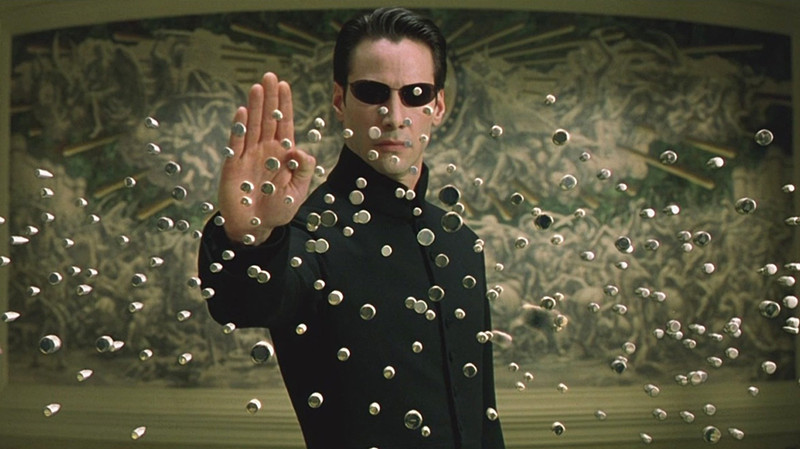
Movie trilogies are becoming more and more rare. Up until a few years ago, whenever a single movie could be expanded into a franchise the first intent was always to develop a trilogy of films. Sometimes the series was cut short after a second movie, usually when this second entry was not as successful as the first one, and other times some sequels were added after the third one. But these were variations on what was thought as the main film saga structure, the trilogy.
Today there are still many trilogies around, but Hollywood’s modus operandi has shifted toward more complex sagas, with many more chapters that usually leave space for prequels, spin-offs, and additional sequels to be developed in the (nearest possible) future.
Cinematic universes such as the MCU have become the natural consequence of this expansion of franchises; there may be sequels about a single character in these shared universes, but only if inserted in a larger world made of other movies.
At the same time, movie sagas that could have a more regular course get more and more chapters, like the Pirates of the Caribbean series, which had arguably ended its run after the original trilogy directed by Gore Verbinski, or the Fast and Furious saga, which does not seem to be slowing down.
Considering this scenario, simple movie trilogies can seem something of the past, but they are not to be dismissed. When done right, trilogies are still the best way cinema has to tell a complete and at the same time complex story, with a beginning-middle-conclusion pattern.
This list looks at the case of trilogies that have lowered their quality with each entry. These cases are less frequent than one can imagine, since more often trilogies prove to be uneven in their course; sometimes after a strong first film, they get lost with the sequel and find themselves again with the third one, while often the sequel surpasses the first one, and then the third film proves unsatisfactory. A progressively bad film saga, then, is a particular case, and worthy of attention. The list is in chronological order.
1. Beverly Hills Cop trilogy
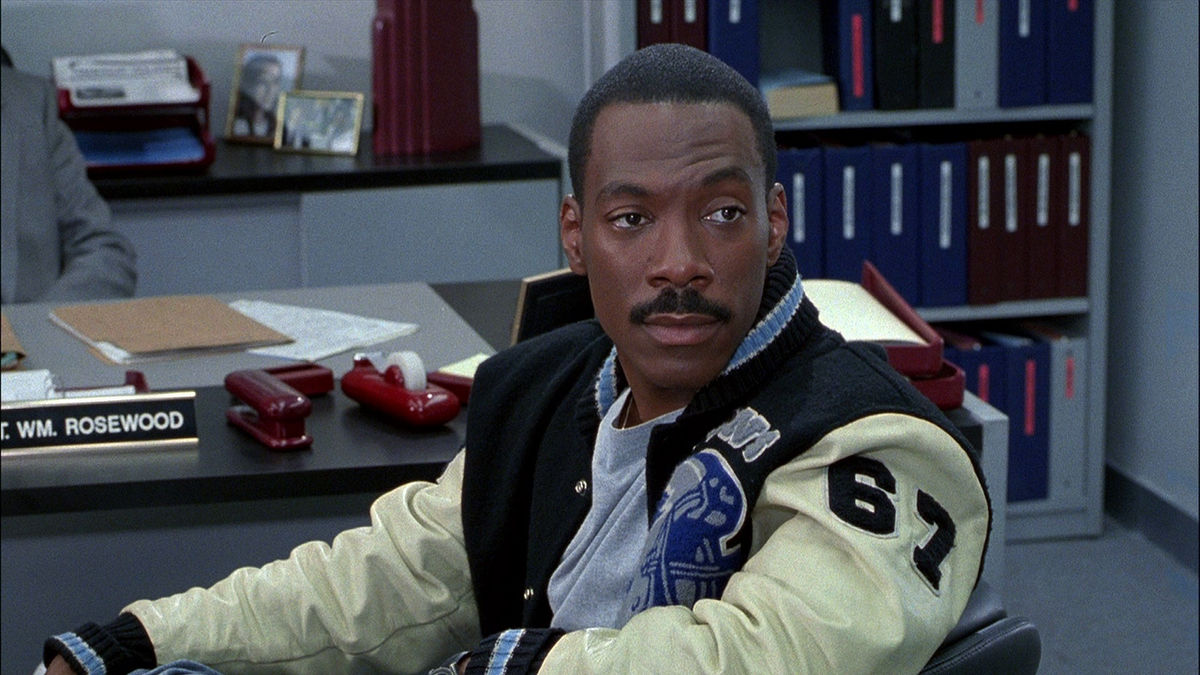
Shortly after his debut on Saturday Night Live, Eddie Murphy became a bona fide star, making his way into Hollywood through extremely successful comedies and action comedies until his prestige ran out in the 2000s, when a series of unoriginal films with tired premises made him take a step back from starring roles.
A comeback from him is certainly near, and among the films he has been developing, there is the fourth installment in the very popular Beverly Hills Cop series. Not unlike Murphy’s first feature film, “48 Hrs.”, “Beverly Hills Cop” was a mixture of his recognizable comedy style and action movie tropes.
The film was released in 1984 and made a splash, earning $316 million against a budget of $15 million. As action comedies go, “Beverly Hills Cop” is a great model: Murphy’s charisma carries the film in its lighter parts, while the rhythm of the crime story section is flawless. The same cannot be said of the sequel, directed by Tony Scott. Murphy himself later described the film as “half-assed,” referring to the unoriginal rehashing of the premise of the first movie.
For the third entry in the franchise, the legendary John Landis was brought in as director, but the shortcomings of the script inevitably made “Beverly Hills Cop III” one of the most tired sequels in history. The theme park setting proved ridiculous, and it is hard to see any reason why Murphy would have been actually invested in the role other than the paycheck.
2. Back to the Future trilogy
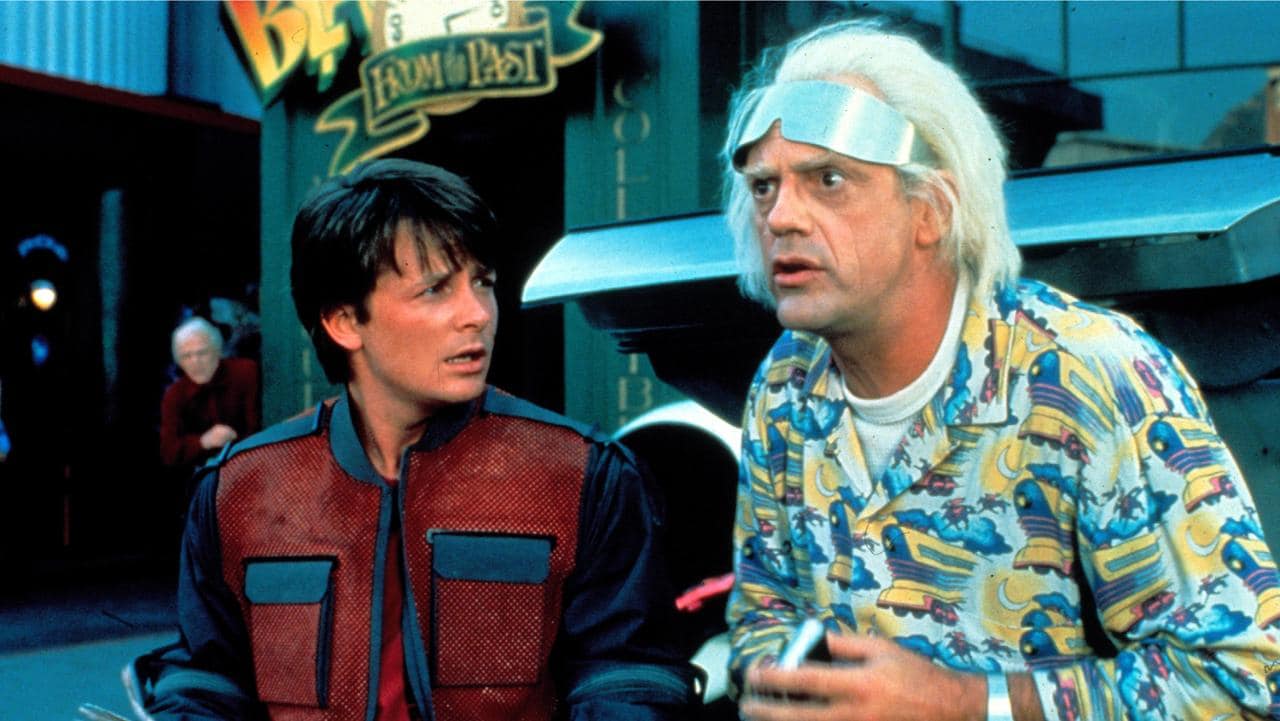
The Back to the Future trilogy is one of the great cultural staples of American cinema, and as time passes, it stands stronger and stronger as a classic example of film adventure similarly to other works such as the Star Wars or the Indiana Jones films.
The first film is certainly the most iconic one in the trilogy, and many scenes from it are still referenced or homaged, and sometimes also made fun of (in a stand-up act, John Mulaney goes into detail about how weird it must have been to pitch such a movie). Marty McFly, Doc, and the DeLorean are among the most recognizable icons of American culture, and time travel, while always present in cinema as a storytelling device, found new life after the film.
The sequels were filmed back-to-back and were released four and five years after the first one. The premise of the first “Back to the Future” had left much space for other stories involving time travel, so in the first sequel, Doc and Marty travel into the future, in 2015, while in the last part of the trilogy they go back even earlier than in the first film, in 1885.
Both sequels are entertaining and well crafted, and having kept the same cast and production team, the films work as a satisfying saga on a whole. However, the first film remains the most original and compelling one, and the third one, as with many third parts in trilogies, works more as “wrapping up” film than as a convincing single film.
From the statements that director Robert Zemeckis and screenwriter Bob Gale have given through the years, another sequel or a reboot are more than unlikely, and that would be a small victory in the years of unending continuations of sagas that have run their course.
3. RoboCop trilogy
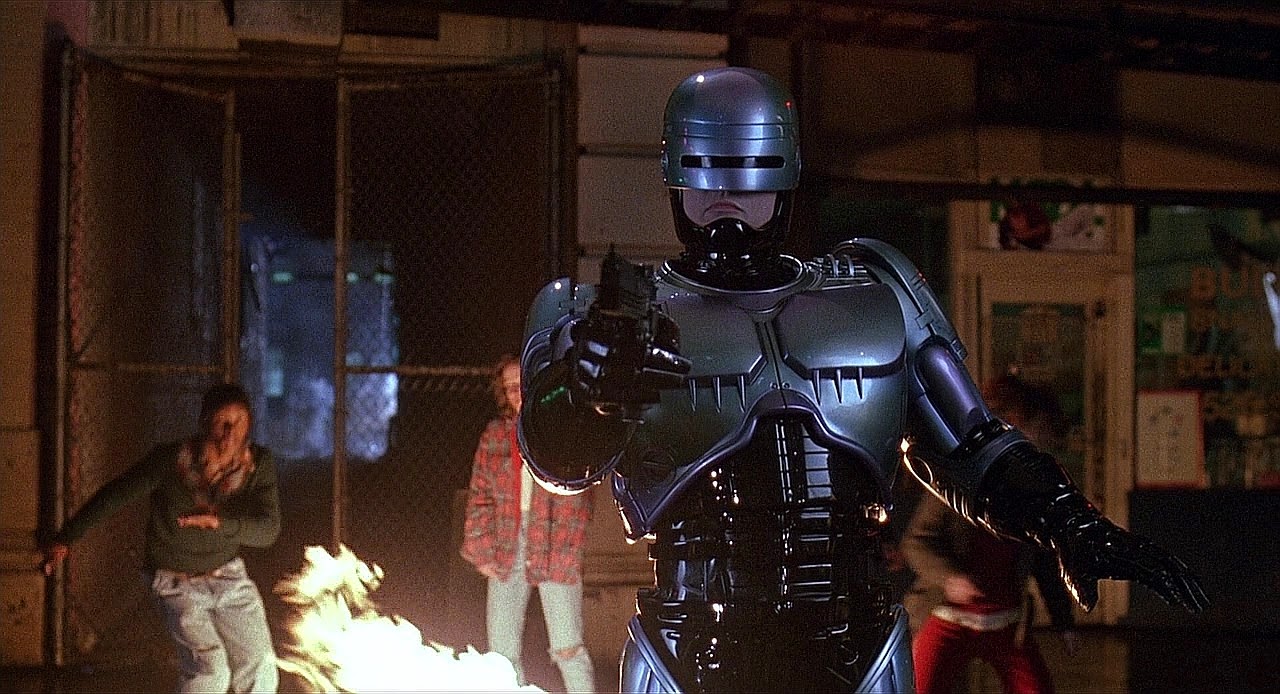
“RoboCop” was directed by Paul Verhoeven in 1987 from a script developed by Edward Neumeier and Michael Miner, starting from their original idea of a robot serving the law, but with human characteristics. The film was a great success for many different reasons.
First of all, it was a really entertaining action movie; as with many Verhoeven movies, though, even his most commercial ones, it has a strong underlying enquiry into society. The film’s ultra-violence is not a simple consequence of the story, but also a nod to the United States’ distorted sense of justice. Adding to that, the corporate world is put on the spot and heavily criticized, and the film faces the philosophical problem of “what makes a man a man.”
The public and critics alike were impressed by the film, which inevitably was developed into more products. There was a lot of merchandising, a TV series, a cartoon series, video games and comic books adaptations. Naturally, the studio pushed for film sequels, and two came out in 1990 and 1993 before the failed reboot in 2014. The sequels did not involve Verhoeven or the original screenwriters.
Legendary comic book artist Frank Miller wrote both of them, and they were directed by Irvin Kershner and Fred Dekker. Both the films did not live up to their predecessor, but the third one has more problems than “RoboCop 2” for the simple reason that it had a PG-13 rating, so the more explicit and satirical-heavy aspects of the franchise were inevitably left out. If the first RoboCop was an on-point mixture of blockbuster fun and intelligent themes, the same thing cannot be said for the sequels and the different iterations of the character that came after.
4. The Naked Gun trilogy
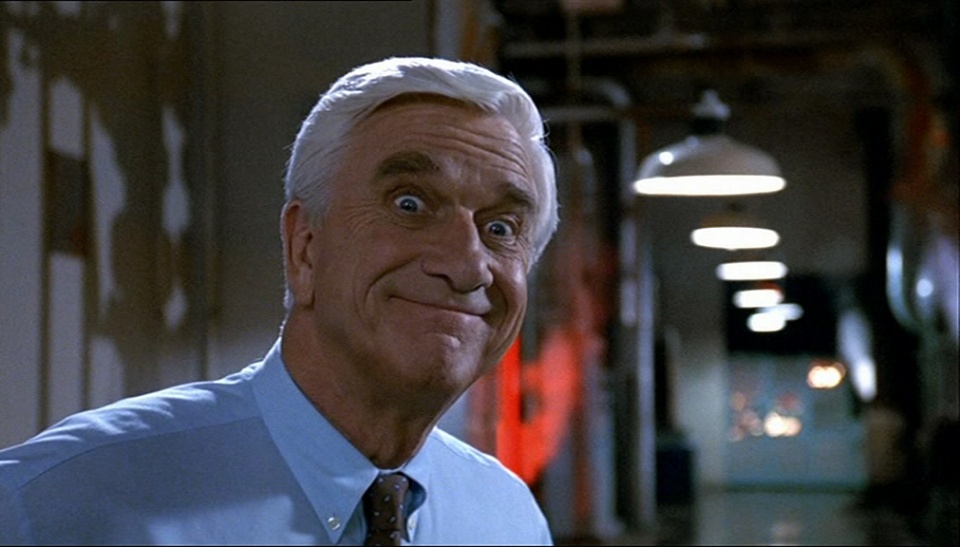
Zucker-Abrahams-Zucker are three names that every comedy enthusiast should worship, and the younger public should not forget them, even if they have been mostly inactive during the last few years. Arguably the finest movie parodies of all time have been either made by them, or were strongly influenced by their style.
From “Airplane” to the soft reboot of “Scary Movie” (they directed the series starting from its third entry, after the Wayans brothers), they made comedy history, and the Naked Gun films are among their best-known work. Leslie Nielsen became an icon thanks to these movies, and they are still a great example of how to unite slapstick, wordplay, and situational comedy into an explosive “do not miss a beat” formula.
After a single season of the TV series “Police Squad!” in 1982, the trilogy of films starring Frank Debrin started with 1988’s “The Naked Gun: from the Files of Police Squad!”, then continued with “The Naked Gun 2 1/2: The Smell of Fear” in 1991 and ended with “The Naked Gun 33 1/3: The Final Insult” (1994).
The claim that the trilogy got worse with each film may be disputed by someone since the playful and joke-driven intent of these films make them less prone to a regular critical review; the real criteria by which you should judge them is how much they made you laugh, and how smoothly the film went. So, the best Naked Gun movie is the one that had the better jokes, and that is a subjective decision to make.
Still, it has to be said that the first sequel was a bit less inventive than the first Naked Gun, while the third, as most third parts in a comedy trilogy, had lost its surprise effect and ran less smoothly than the previous films. Waiting for an inevitable reboot (Ed Helms is said to be working on such a project), “The Naked Gun” and its purely joke-based structure still make for a most entertaining watch.
5. Jurassic Park trilogy
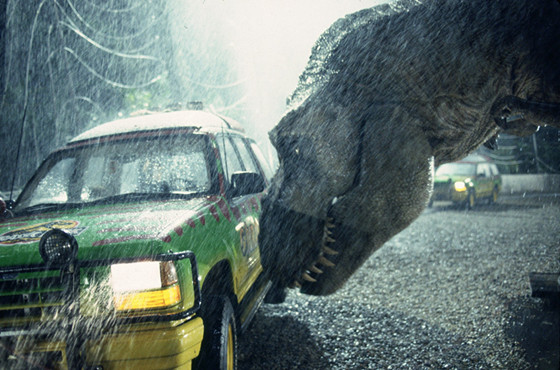
Many forget that before the release of “Titanic,” the highest grossing movie of all time was Steven Spielberg’s “Jurassic Park.” Shortly after the release of Michael Crichton’s novel, the film was already in development.
Spielberg gave the film his unmistakable touch, and made sure that, not unlike “Jaws,” a film with giant monsters did not become a regular monster movie. The film’s success was the result of a smart marketing strategy that emphasized the peculiar nature of the picture and its real protagonists, the dinosaurs, which were given life with animatronic and never-before-seen CGI accuracy.
Spielberg was keen on directing the sequel himself, based on Crichton’s “The Lost World.” The film came out in 1997, and had a similar success to the first one, but viewers and critics alike could not but feel the lack of compelling character development (even Jeff Goldblum’s charismatic Ian Malcolm is not served by the script as well as in the first “Jurassic Park”) and a general sense of automatism to the plot, making the dinosaurs a much more generic force of destruction.
Things did not improve with the third film, directed by Joe Johnston, and the saga really seemed to have run its course. A forced plot, the unnecessary return of Sam Neill from the first movie in the middle of a cast of uninteresting characters, and a general decline in quality made “Jurassic Park III” one of the reasons why third parts in trilogies are often considered the worst. Fifteen years later, the saga continued with a new planned trilogy from “Jurassic World,” and while this new iteration is extremely successful, the consensus is that it has simply become really difficult to make an original movie involving dinosaurs.